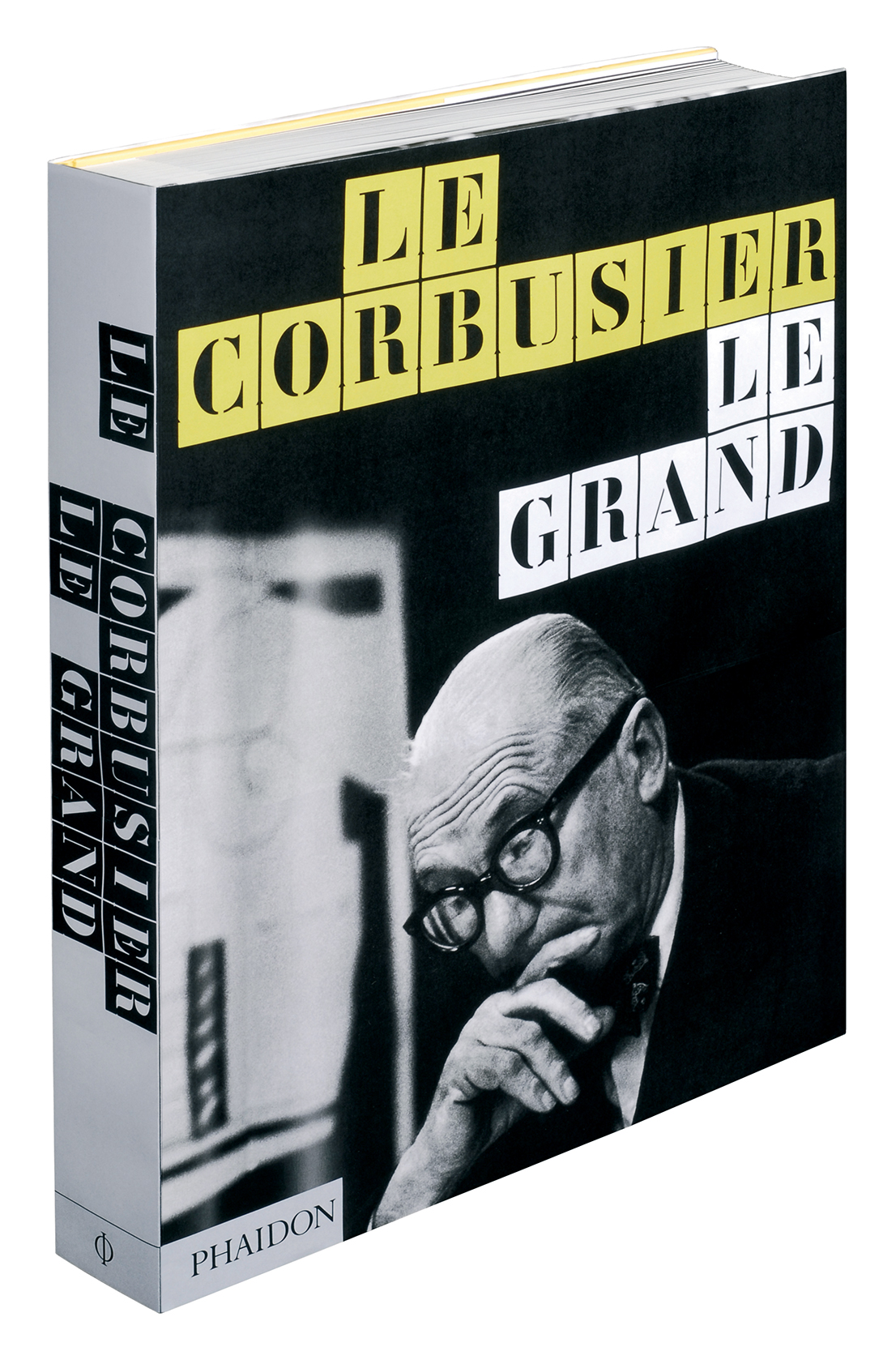28 January 2015
In 1920, the thirty-three-year-old Charles-Edouard Jeanneret-Gris decided to adopt a pseudonym for the articles on architecture he published in L’Esprit nouveau: he picked the name Le Corbusier. It was the beginning of a career that was to make him one of the giants of the 20th century. Now, 50 years after the death of the great architect, the volume Le Corbusier Le Grand retraces the fundamental stages of his life, in a massive monograph illustrated with over 2000 images and documents. In it we find his utopian inspirations, the idea of the relationship between humanity and nature that architecture had to protect as a sacred duty and his correspondence with friends like Fernand Léger, Pablo Picasso, Josephine Baker and Jean Prouvé. The book also offers us a glimpse of his activity as a painter (a lesser known aspect of the man), his strong social commitment, his humanistic vocation. Which led Le Corbu, during the Second World War, to develop his theory of the Modulor: a scale of proportion to be used not just to build houses, but also shelves, work surfaces and accesses, in accordance with the standard measurements of the human body. And he believed that human beings, with their social needs, is what architecture always had to focus on. Published by Phaidon.
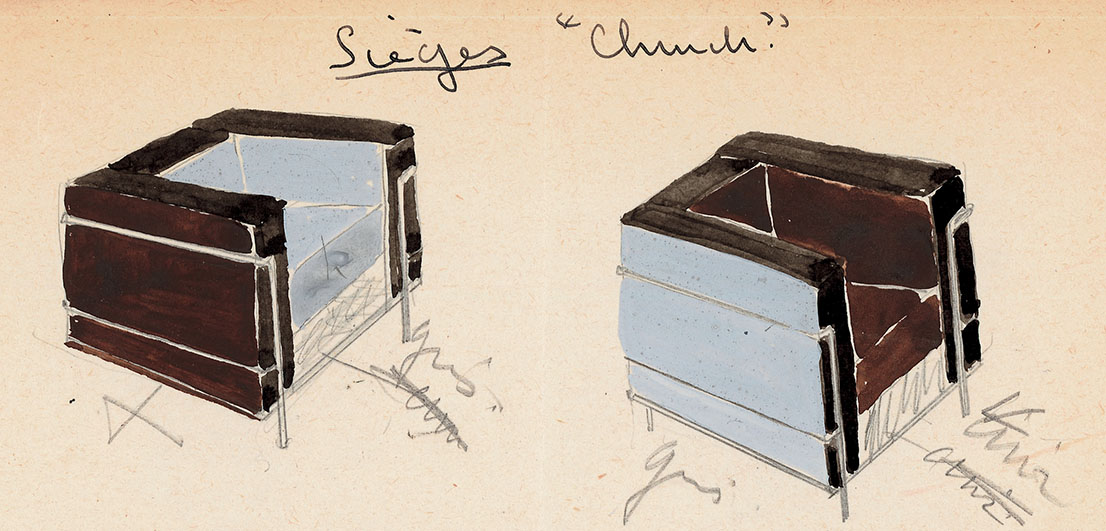
Grand Confort, design by Le Corbusier, 1928. Sketch.
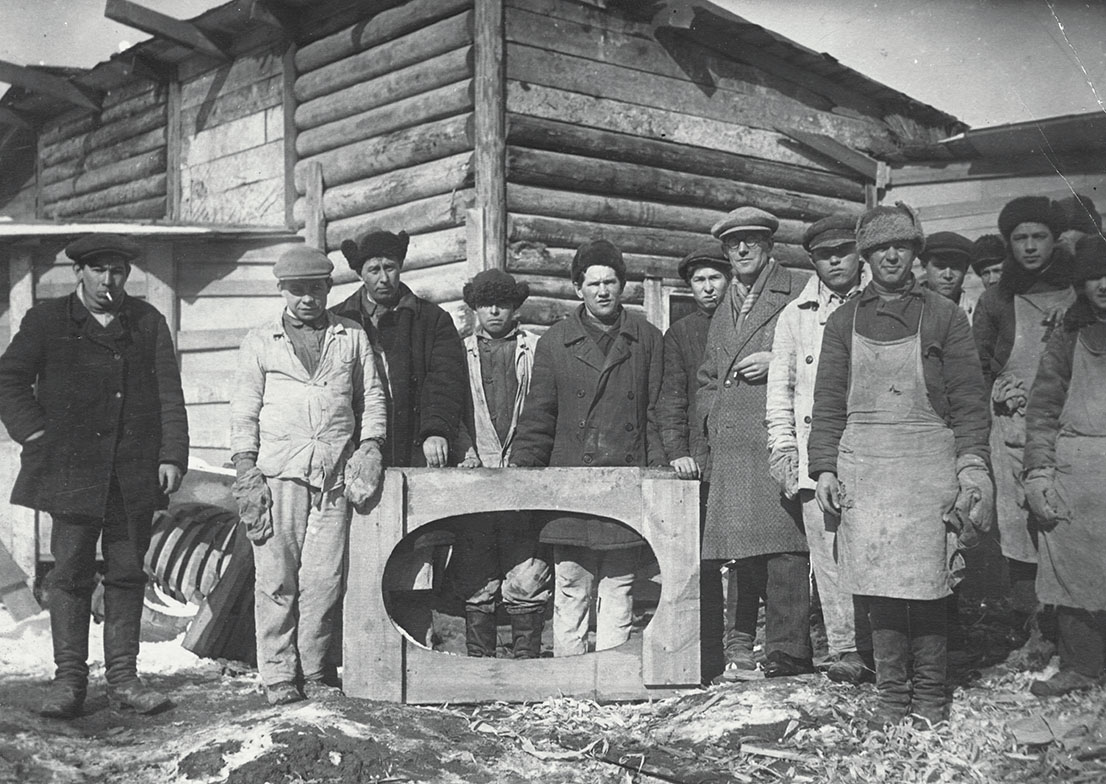
Le Corbusier with workers in Moscow.
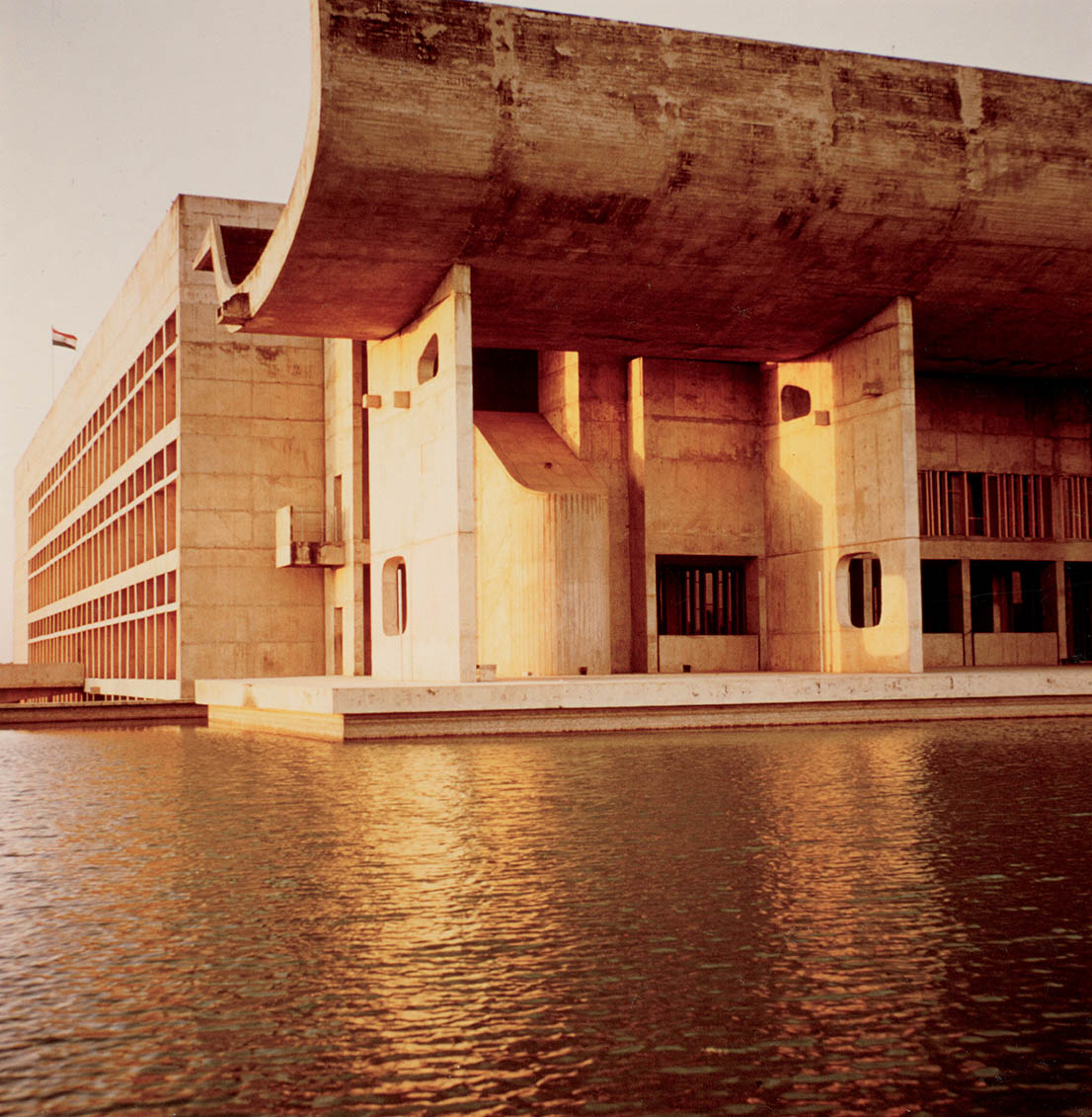
Le Corbusier, Palace of the Assembly in Chandigarh, India, 1953-1963.
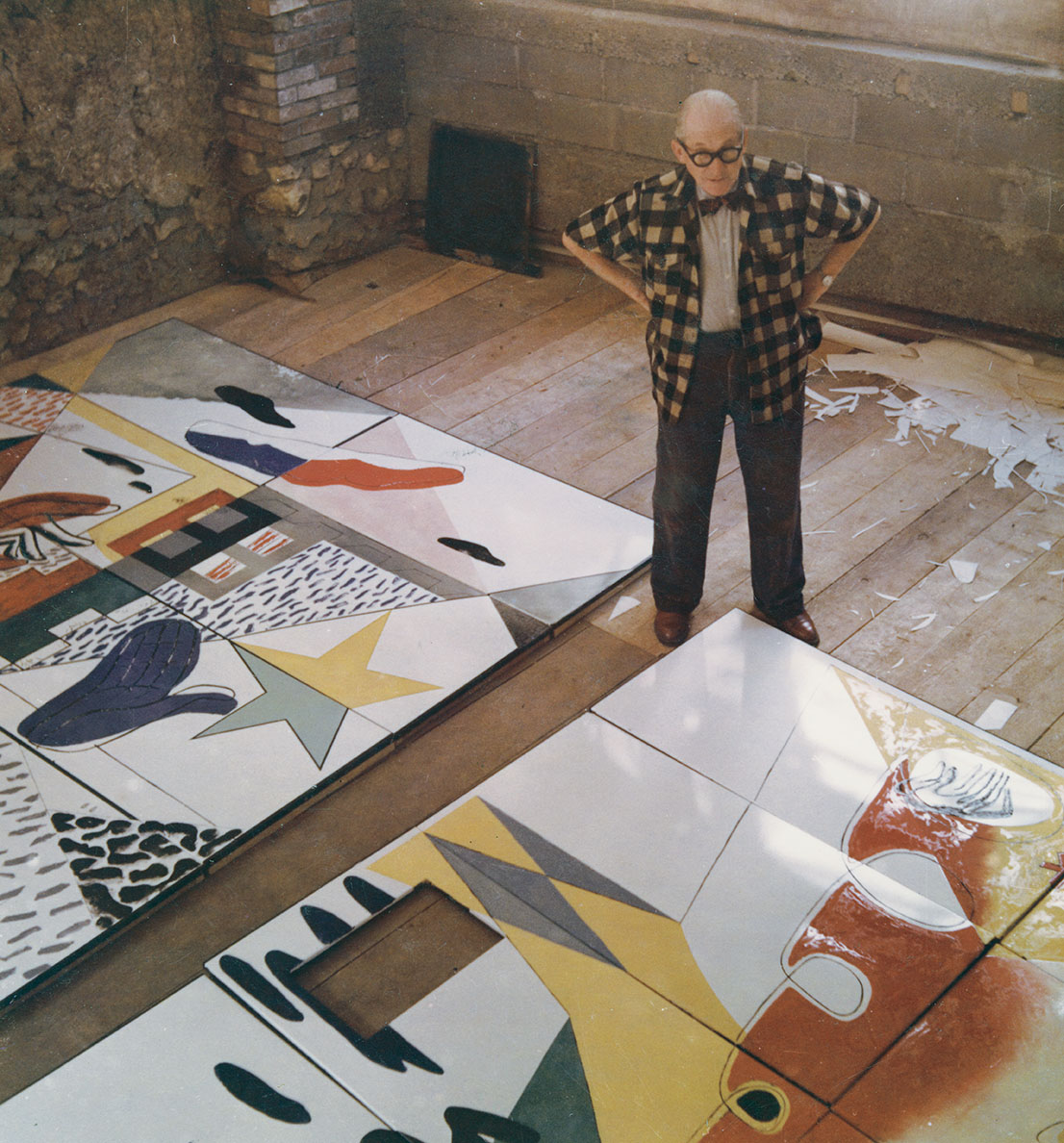
Le Corbusier with enamelled door panels for Notre-Dame-du-Haut in Ronchamp, France, 1955.
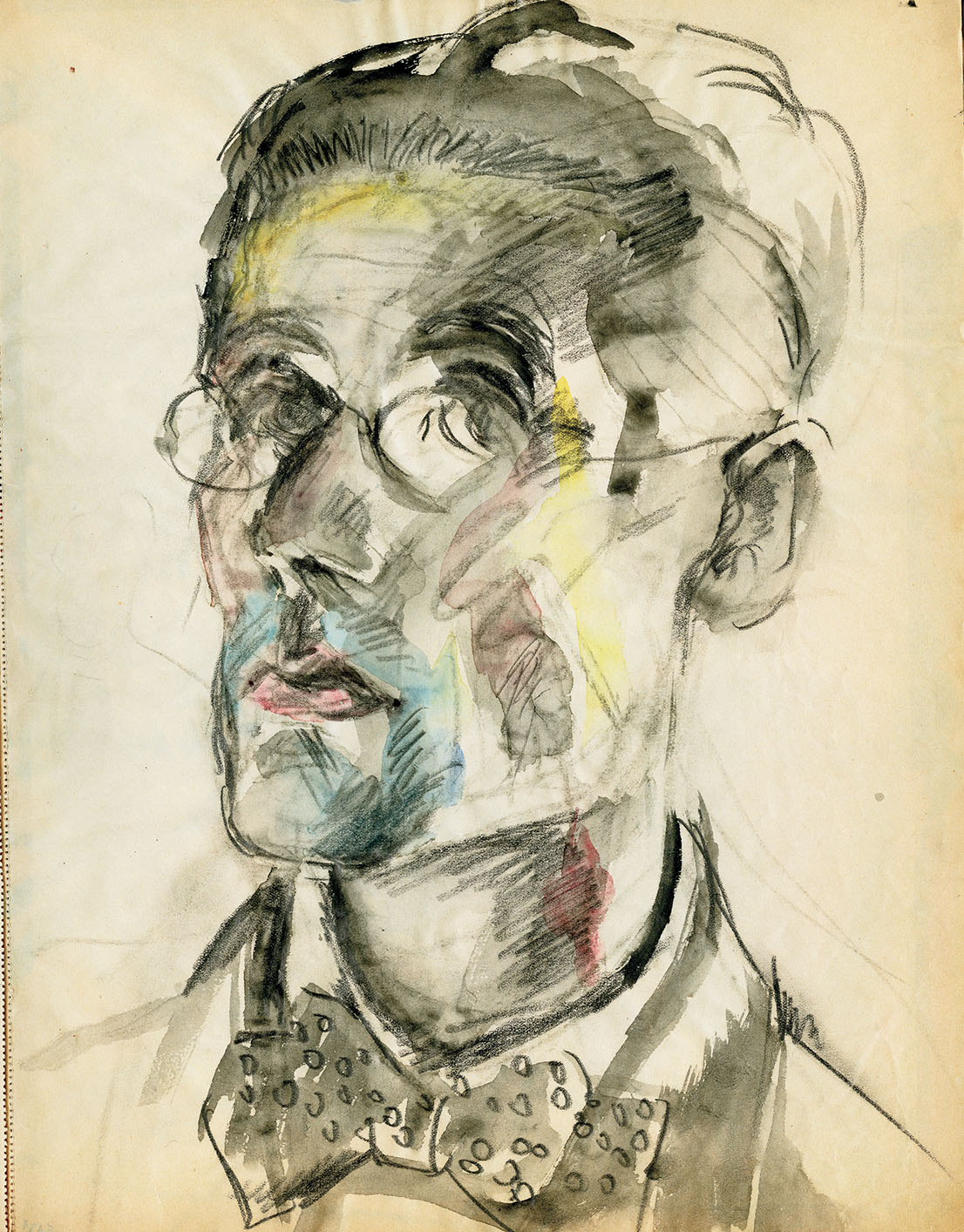
Le Corbusier, Self Portrait.
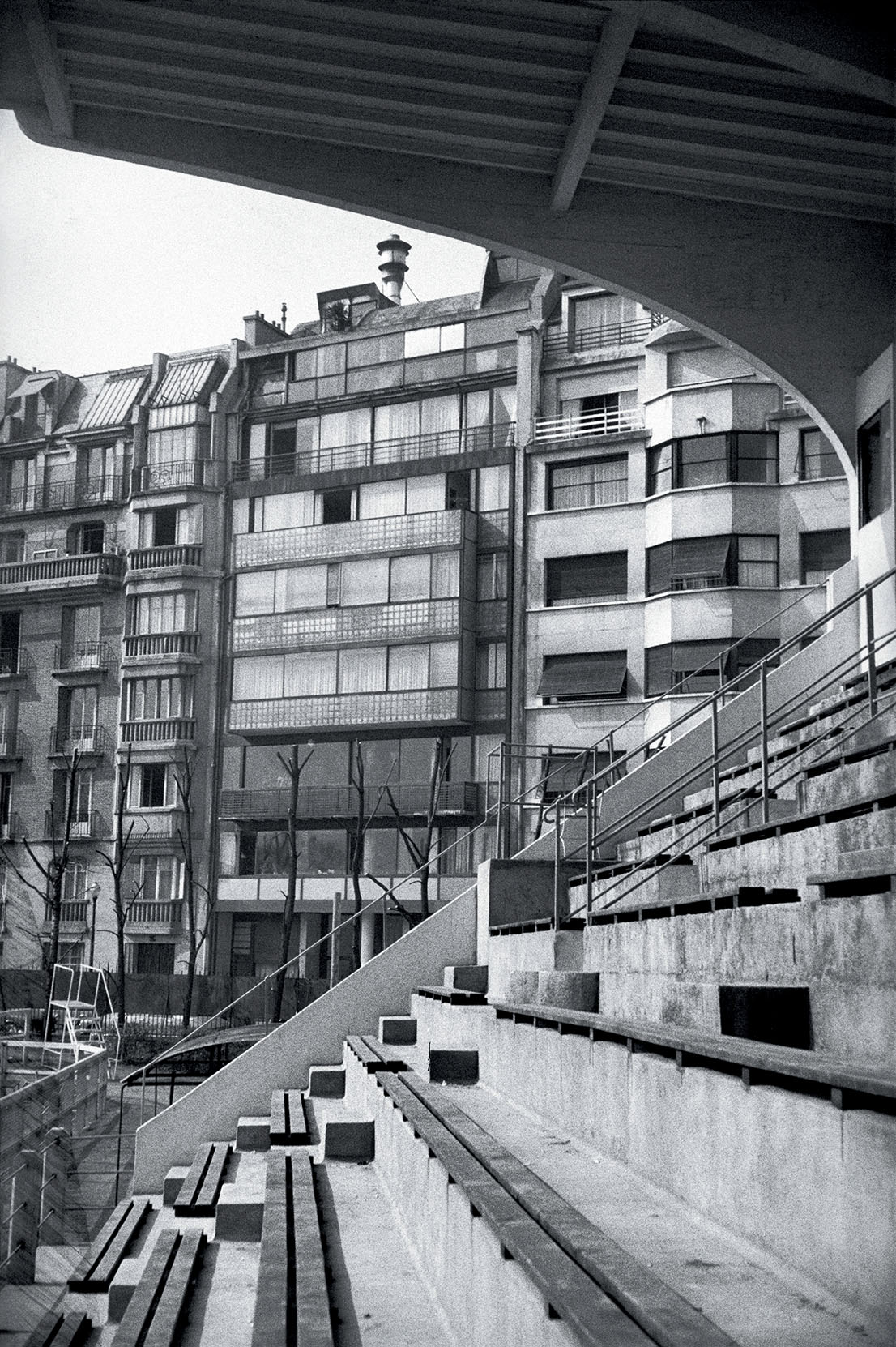
Le Corbusier, Molitor, 24 rue Nungesser et Coli, Paris, France, 1931-1934.
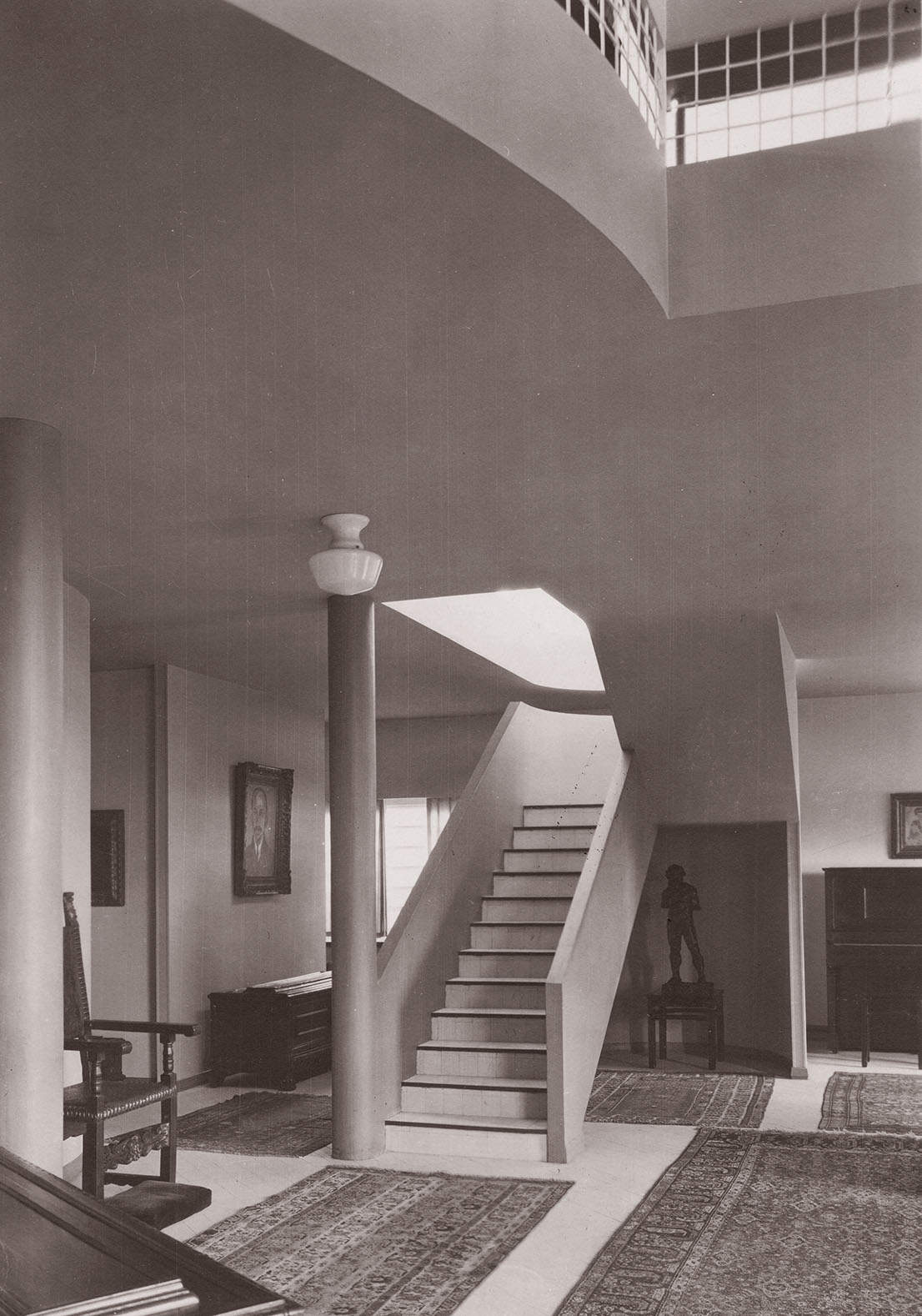
Le Corbusier, Villa Stein – de Monzie, Garches, Paris, France, 1926-1928.
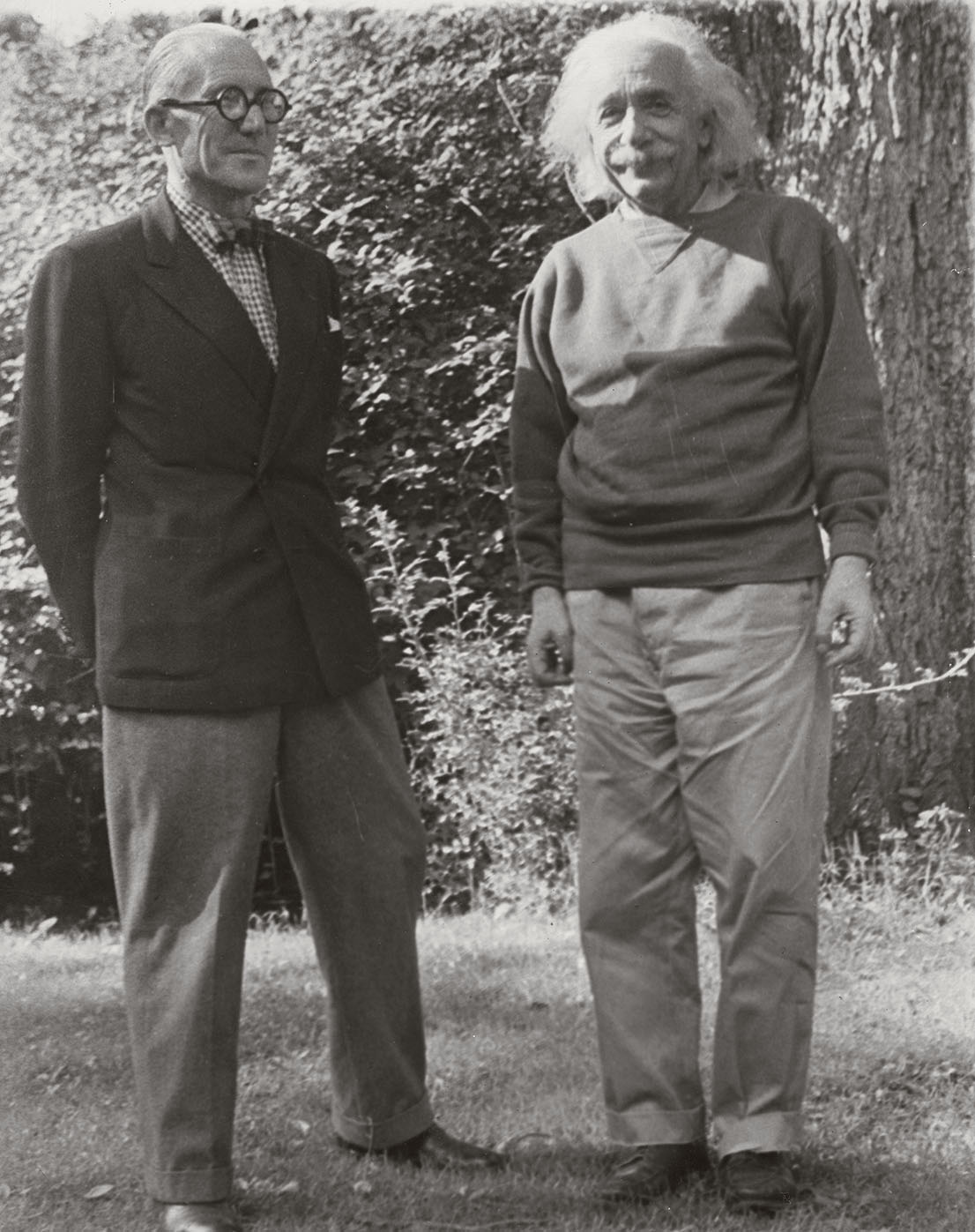
Le Corbusier with Albert Einstein, 1946.
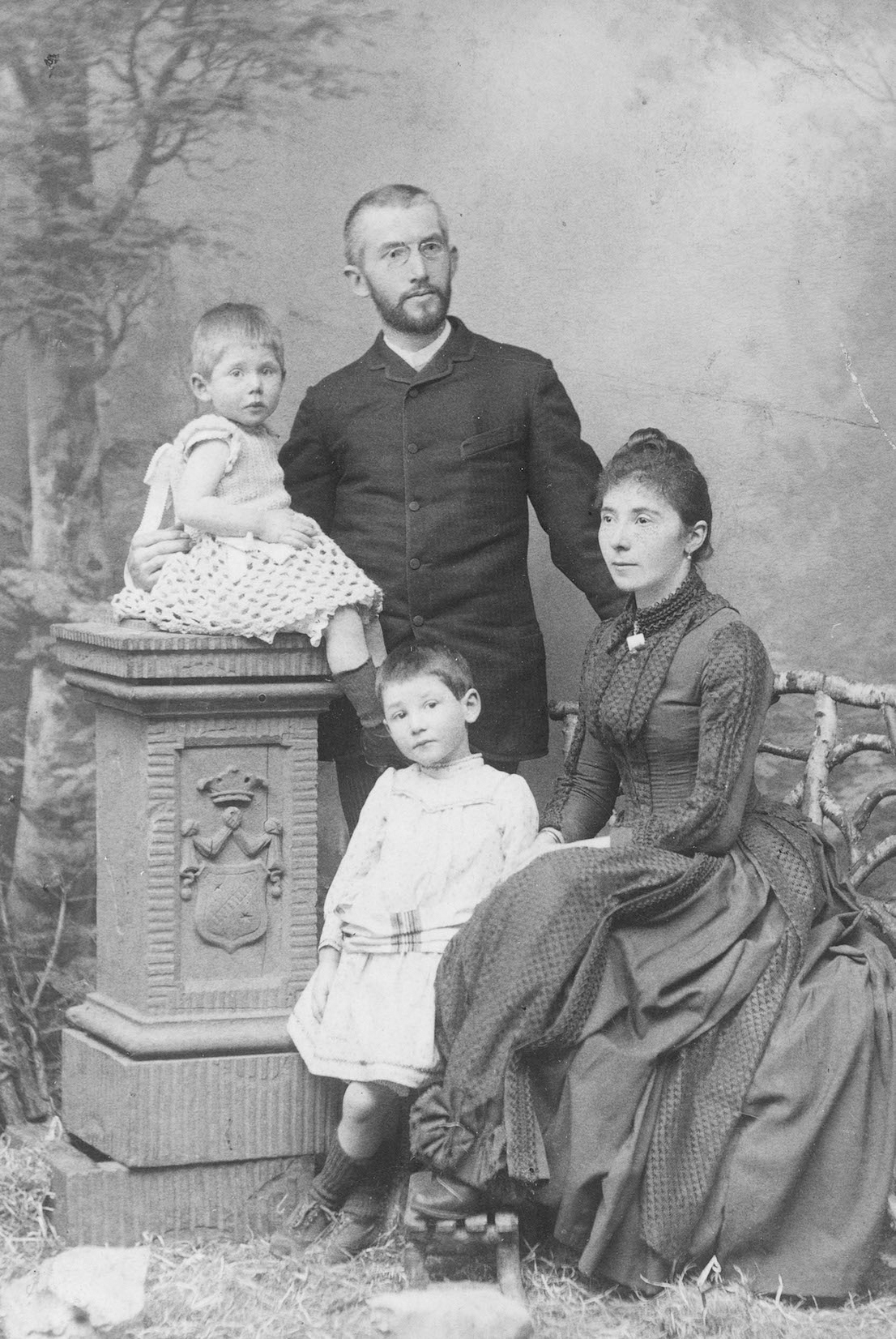
Le Corbusier with family, 1889.
